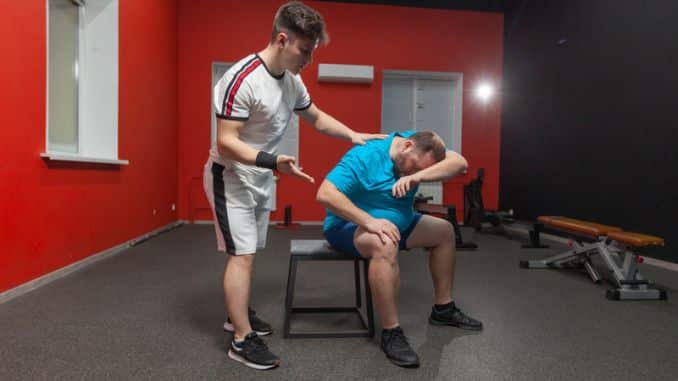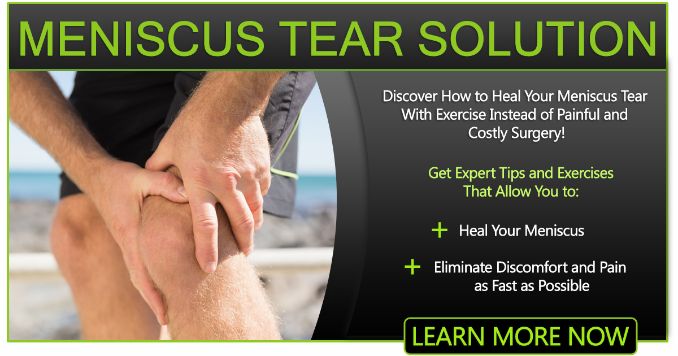If you have torn your ACL and meniscus more than once, you may be advised to “take it easy” when exercising because vigorous exercise will increase your risk of tearing them again. This is not true. Yes, exercising excessively may cause more ligament tears. But a person with torn ligaments in their knee may not.
A torn ACL and meniscus may result in some benefits if you exercise. We can still work out even if we have torn our knee ligaments several times. Exercising might be more critical if you have torn two or more of them. The pain and swelling from an accidental injury are also decreased by doing exercises. It is critical to know which activities are safe for you. And which is not, whether you have had surgery on your ACL and meniscus.
Which Exercises Are Safe for Those With a Torn ACL and Meniscus?
Those with a torn ACL or meniscus can engage in almost every exercise that does not increase their risk of a knee injury. For example, you can swim, bike, run, do elliptical/spinning, play sports, do resistance training, and do aerobic/cardio exercises. The key is to find an activity that you enjoy.
Also, remember to increase your exercise intensity as your knee pain subsides. And when it returns to a normal level, stop exercising. The key is to find an exercise that does not put too much stress on the knee but is enough to get your heart rate up. If you experience knee pain, then you are probably doing too much. The goal is to find an exercise that you enjoy enough to do consistently.
Which Exercises Are Not Safe for Those with a Torn ACL and Meniscus?
Exercises that you should avoid if you have a torn ACL/meniscus are those that increase your risk of knee injuries, such as explosive jumping, weightlifting, and downhill running. You should also be cautious with “high impact” sports such as soccer or basketball, where you might accidentally collide with another player.
“I hurt my BLANK, and I can’t exercise.” When I hear this excuse, I am always very sad. You can always train around an injury.
In the professional athlete world, they will never “do nothing” after an injury (one of the few exceptions might be a concussion).
- If they hurt their knee, they can still work on their upper body, go on the bike or go into the pool.
- They can still work on their core and lower body if they hurt their shoulder.
- They can still work on skills and movement if they hurt their back.
A great example of this was on TV.
Last week, I watched “Extreme Weightloss,” a show where a personal trainer helps a very overweight individual transform their life and body. It was playing in the background while I worked on my computer, and I heard the familiar sound of a “pop.”
It was the sound when an ACL tears.
I began to watch the show, and I wondered what the trainer would do next. He got the person to stop and get it looked at by a doctor to rule out anything serious.
The doctor looked at it and let him know he tore his ACL and meniscus. The person got clearance to exercise, but the trainer left it up to the client to decide if he wanted to quit or to keep going. The client decided to go on.
YES!
The trainer kept saying throughout the show, “You can train around an injury.” It was music to my ears. They focused on cycling and swimming. They kept the intensity high, and the client reached his goal. It was awesome to see.
Remember, you may be injured or have pain, but you can train around it. There is a good chance all that training will help your injury and pain. If you want to see the full episode I am talking about, you can check it out here.
Rick Kaselj, MS
Extreme Weight Loss S03E13 Bob



